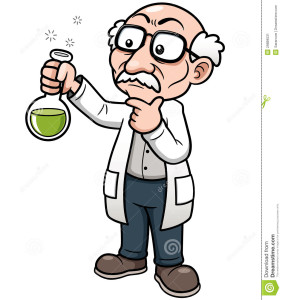This June Myron Rolle, former safety with the Tennessee Titans and Pittsburgh Steelers will make history. Not necessarily the kind of history one would assume -Rolle will begin his residency in neurosurgery at Harvard Medical School.
Having already obtained his master’s degree in medical anthropology from Oxford University as a Rhodes Scholar, it is quite possible that Rolle may be the only person in the world to be a former NFL player, Rhodes Scholar, and a medical student.
“It’s not brain surgery”
Actually, in Myron Rolle’s case it is. It’s no coincidence that Rolle has chosen brain surgery to be his area of study. His love of and experience as a football player has guided him to this particular decision. Rolle intends to address many of the safety concerns that can harm players during games or practices.
It is quite possible that having this former football player off the field and in the operating room will be truly beneficial for the sport and players alike.
Here’s a video of Rolle discussing life as a former NFL player and medical student.
 With our space program reinvigorated by the latest development on Mars, NASA has begun the arduous process of preparing for our next, most dramatic reach into the inky black surrounding our planet. Development is underway for more than just a manned Martian exploration, though. Plans outlining a manned orbital space station, commercial space flight, and deep-space exploration are all on the table, each with their own bevy of positions to be filled.
With our space program reinvigorated by the latest development on Mars, NASA has begun the arduous process of preparing for our next, most dramatic reach into the inky black surrounding our planet. Development is underway for more than just a manned Martian exploration, though. Plans outlining a manned orbital space station, commercial space flight, and deep-space exploration are all on the table, each with their own bevy of positions to be filled. glass and watch their treats being made. Eager children come for miles to watch their chosen treats come to life before their eyes. Layer after layer of fruit-flavored confection is placed on top of each other from automated nozzles, and line by line, the pattern comes to life.
glass and watch their treats being made. Eager children come for miles to watch their chosen treats come to life before their eyes. Layer after layer of fruit-flavored confection is placed on top of each other from automated nozzles, and line by line, the pattern comes to life.
 The update to our medical codes comes as a result of recent changes to the U.S. healthcare system. Though the patient should be left largely unaffected; hospitals, insurance companies, and nursing homes have all needed to modernize their coding procedures to evolve with the system. In order to get paid, medical providers must present an accurate depiction of what the patient experienced. Because of this change, 14,000 medical codes ballooned to an unprecedented 68,000.
The update to our medical codes comes as a result of recent changes to the U.S. healthcare system. Though the patient should be left largely unaffected; hospitals, insurance companies, and nursing homes have all needed to modernize their coding procedures to evolve with the system. In order to get paid, medical providers must present an accurate depiction of what the patient experienced. Because of this change, 14,000 medical codes ballooned to an unprecedented 68,000. However, citizen science is not without its difficulties. The process of scientific discovery is free from bias, belief or manipulation. If you expand the realm of contributors to one piece of data, you naturally increase the opportunity for “incorrect” observations to be made. The managing of citizen science has become a science unto itself. A necessary process when thousands of perspectives are colliding. Can so many varying opinions, viewpoints, and perspectives remove the bias in research by making one scientist into many, or can too much data dilute the information?
However, citizen science is not without its difficulties. The process of scientific discovery is free from bias, belief or manipulation. If you expand the realm of contributors to one piece of data, you naturally increase the opportunity for “incorrect” observations to be made. The managing of citizen science has become a science unto itself. A necessary process when thousands of perspectives are colliding. Can so many varying opinions, viewpoints, and perspectives remove the bias in research by making one scientist into many, or can too much data dilute the information?